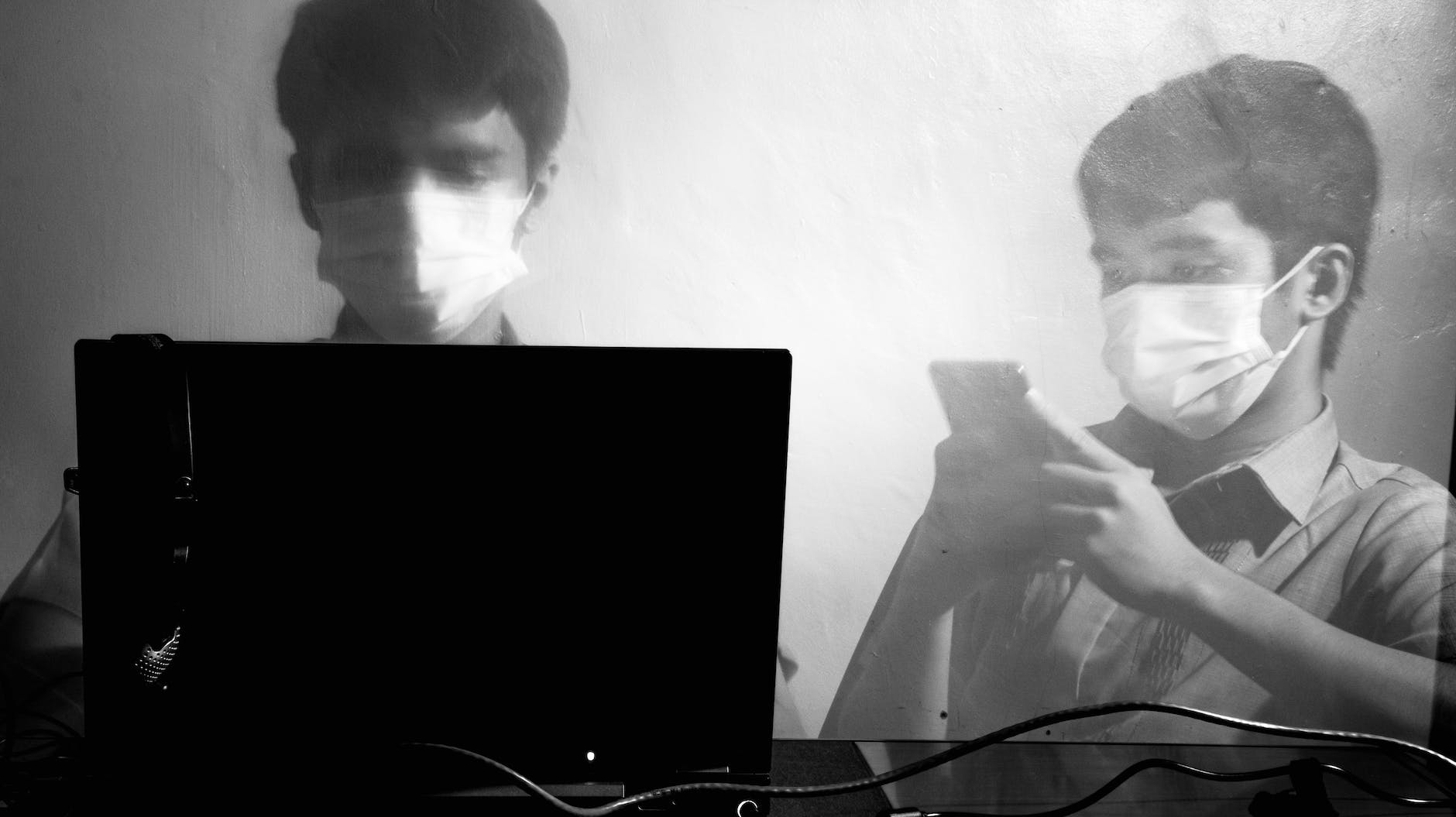
Radiography Safety at Workplace: Protecting Lives and Ensuring Compliance
Radiography is a crucial technique in various industries, aiding in inspections and assessments. However, along with its benefits comes the need for stringent safety measures to safeguard workers and the environment from potential hazards. In this article, we will delve into the importance of radiography safety at the workplace and explore effective strategies to ensure a secure and compliant working environment.
Introduction
Radiography Safety at Workplace : Radiography, a non-destructive testing method, plays a pivotal role in industries like manufacturing, construction, and healthcare. It allows professionals to inspect the internal structures of objects without causing damage. However, this technique involves the use of ionizing radiation, which can pose serious risks to human health and the environment if not managed properly.
Understanding Radiography
Radiography is the process of capturing images by exposing an object to radiation and recording the transmitted or scattered radiation. It helps identify defects, cracks, and structural issues that may not be visible externally. This technique is widely used in quality control, ensuring products meet industry standards and regulations.
Potential Hazards Associated with Radiography
Radiation Exposure
One of the primary concerns in radiography is exposure to ionizing radiation. Prolonged or excessive exposure can lead to various health issues, including radiation sickness, cancer, and genetic mutations. Implementing measures to limit exposure is paramount.
Electrical Hazards
Radiography equipment involves complex electrical systems. Workers must be trained to operate and maintain this equipment safely to avoid electrical shocks, fires, or other electrical hazards.
Chemical Exposure
Radiography often involves the use of chemicals for developing images. These chemicals can be harmful if not handled properly. Proper storage, usage, and disposal are essential to prevent chemical-related accidents.
Regulatory Framework and Compliance
To ensure radiography safety, regulatory bodies such as the Occupational Safety and Health Administration (OSHA) provide guidelines and standards. Companies must also adhere to industry-specific regulations to maintain a safe workplace.
Building a Radiography Safety Program
Creating a robust radiography safety program requires a multi-faceted approach:
Training and Education
Workers should receive comprehensive training on radiation safety, equipment operation, emergency protocols, and the proper use of personal protective equipment (PPE).
Personal Protective Equipment (PPE)
PPE, including lead aprons, gloves, and goggles, offers a vital defense against radiation exposure. Proper selection and usage are crucial.
Worksite Evaluation
Regular assessment of worksites helps identify potential hazards and implement necessary controls. Adequate signage and demarcation of radiation zones are essential.
Emergency Preparedness
Developing response plans for radiography-related emergencies ensures swift and effective actions in case of accidents or unexpected events.
Radiation Monitoring and Control
Dosimeters
Radiation workers should wear dosimeters to monitor their radiation exposure. Regular readings help ensure exposure stays within safe limits.
Restricted Access Zones
Clearly defined restricted access zones limit the number of people exposed to radiation. Only authorized personnel with proper training and equipment should enter these areas.
Engineering Controls
Using shielding materials and equipment modifications can minimize radiation exposure to workers and the surrounding environment.
Handling and Transporting Radioactive Materials
Safe handling and transportation of radioactive materials are critical. Packaging, labeling, and proper documentation ensure compliance with regulations and minimize the risk of accidents.
Best Practices for Radiography Safety
ALARA Principle
The “As Low As Reasonably Achievable” principle guides radiation workers to keep exposure levels as low as possible through proper techniques and equipment usage.
Time, Distance, and Shielding
Minimizing the time of exposure, maintaining a safe distance from radiation sources, and using effective shielding materials contribute to safety.
Equipment Maintenance and Inspection
Regular maintenance and inspection of radiography equipment guarantee its proper functioning and reduce the likelihood of accidents.
The Future of Radiography Safety
As technology advances, new methods with reduced radiation exposure are emerging. The future holds the promise of even safer radiography practices.
Conclusion
Radiography is an invaluable tool across industries, but safety must be a priority. By adhering to regulations, implementing comprehensive safety programs, and embracing best practices, workplaces can ensure the well-being of their employees and the environment.
Radiography Safety Hazards and Precautions at Site
Radiography Safety Toolbox Talk Meeting
Hydrotest Safety Toolbox Talk Meeting
FAQs
- What is radiography safety? Radiography safety refers to the measures and practices put in place to protect workers and the environment from the potential hazards associated with radiographic testing.
- Why is radiation exposure a concern in radiography? Radiation exposure in radiography can lead to serious health issues, including cancer and genetic mutations. Proper safety measures are necessary to mitigate these risks.
- What is the ALARA principle? The ALARA principle stands for “As Low As Reasonably Achievable.” It guides radiation workers to minimize radiation exposure to the lowest possible levels.
- What are restricted access zones in radiography? Restricted access zones are areas where radiation levels are higher, and only authorized personnel with proper training and protective equipment can enter.
- How does radiography contribute to quality control? Radiography allows professionals to inspect the internal structures of objects without causing damage, ensuring products meet quality standards.
























